If you have a passion for photography or are a seasoned professional, our “Photography Expedition to Promote Social Change” in the rural hilltribes of Northern Thailand is likely to be right up your street! Twice a year, we recruit volunteers to don their cameras and their walking boots, and head off on a photography trek with a difference. The aim of volunteers on this trek is not to capture the natural beauty of lands that are rarely seen by tourists (although you will have plenty of chances to do this along the way!), your mission is to take a picture that will tell a story. The story, unfortunately, is not a pleasant one. It’s a story of stolen innocence and bleak futures, and a story that is often left untold. The sad reality is that human trafficking is rife in Thailand and is a reality that is commonplace and accepted by the local community. The aim of this Photography Expedition is first to educate volunteers about the real situation of human trafficking and debunk some of the myths that are commonly associated with it, and then to head out into the hilltribe communities, accompanied by a photographer with many years experience. Volunteers will take part in workshops on how to capture a story and will then put theory into practice on the trek. Upon their return to their home country, it is hoped that volunteers will do exhibitions of their work so that gradually, the world learns this tragic story. It is only through awareness that things can change.
Below, is a blog written by Kaya volunteer Laura Morgan, us joined us in November 2012. Read her heartwarming tale of Pan the young Thai girl…
This is Pan’s Story. Perhaps…
It’s early morning in Huay Junn Sii. Pan’s father has brought a net of fish back for breakfast, small wriggly silver fish from the nearby lake. He must have been up even earlier to catch them or maybe he bought them from an enterprising fisherman. Pan is around twelve years old. She guts and cleans the fish with skill and speed. Her friend looks on while piglets snuffle in the mud beside them. In the background is an older girl with a young baby. She’s a sex worker and the building she squats in front of is the local brothel. She’s unmarried and her baby was unplanned, but not necessarily a result of her work. She’s a relative of Pan; most people in this small village are related in some way.
© Laura Morgan 2013
Pan’s family has stayed the night in the house that serves as a brothel; they’ve moved out of their home to let us sleep there. The irony is that this household is interested in working with the project to help the girls being trafficked, yet theirs is the largest house in the village and they may (possibly) derive some income from the brothel. It’s difficult to know. A lot of what I can relate are suppositions based on volunteer’s experience of working with the hill tribes, predictions of what might be happening or will happen to these people, nothing more.
Two of us sleep in Pan’s room, on a mattress I suspect she shares with at least one sister or brother. It’s as chaotic and messy as any child’s might be, and dusty and dark. It has a mirror and a little dressing table with pink bits and pieces scattered on it. I find drawings of a princess beside the bed. This little girl has dreams.
© Laura Morgan 2013
She is pretty and clean and tidy despite her surroundings but her future is not necessarily bright. Although there is a preschool locally, there is no other school for Pan to attend. Education is the key to offering opportunities to these children. But government funded primary schools are few and far between in this area, even if families can afford the books and uniforms. Most of the hill tribe villagers have come from Burma, Laos or maybe China, often generations ago. There are many different tribes: Akha, Lahu, Yao, Lisu and Karen, amongst others. Most don’t have a formal national identity, forming a large disenfranchised population and making it extremely difficult to find legitimate work. No papers, no job.
© Laura Morgan 2013
Many young girls start their working life in the local brothel. It’s culturally ingrained for the teenage girls to help support their family and many will be sold or given into this line of work. They expect it and neither they nor their parents recognize that this is a problem. They are proud to be earning money for their parents. The age of consent in Thailand is eighteen but tradition in hill tribes means girls as young as twelve may be trafficked for sex.
One needs to be clear, though: the sex industry is not just something servicing Western appetites with planeloads of men coming to Bangkok or Pattaya on sex holidays. This is integral and endemic in Thailand, particularly the North. As they grow older, some girls may travel onto the more lucrative sex industry in Chiang Mai or Bangkok either through choice or as directed by their family. Most are not kidnapped or smuggled or coerced against their will as we might assume. This is simply the way it is here.
We don’t know if this is Pan’s future, but the chances are it will be. I hope not. She might be one of the lucky girls who make it to the shelter.
© Laura Morgan 2013
If you would like to find out how to make a difference with photography and join our Photography Expedition in Northern Thailand, please contact one of our advisors by sending us an email to info@kayavolunteer.com or giving us a call on 0161 870 6212. You can also volunteer to help provide support for victims of human trafficking by volunteering in a shelter for girls who have been the victim of human trafficking or who were at high risk of being trafficked.
*Please Note: All photographs attached to this blog are the property and copyright of Laura Morgan.
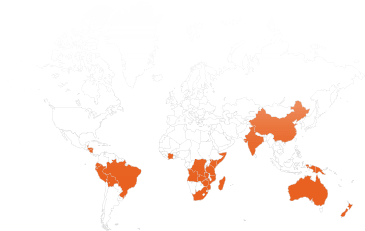
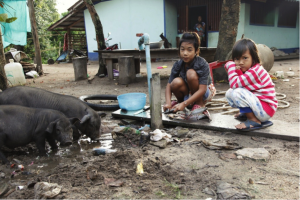
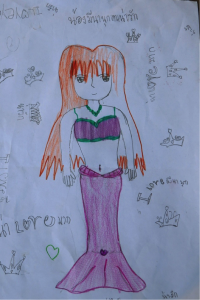
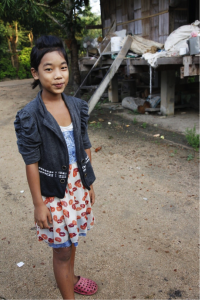
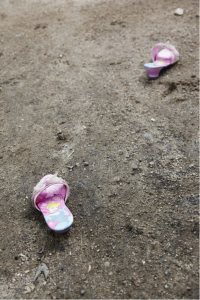
Recent comments